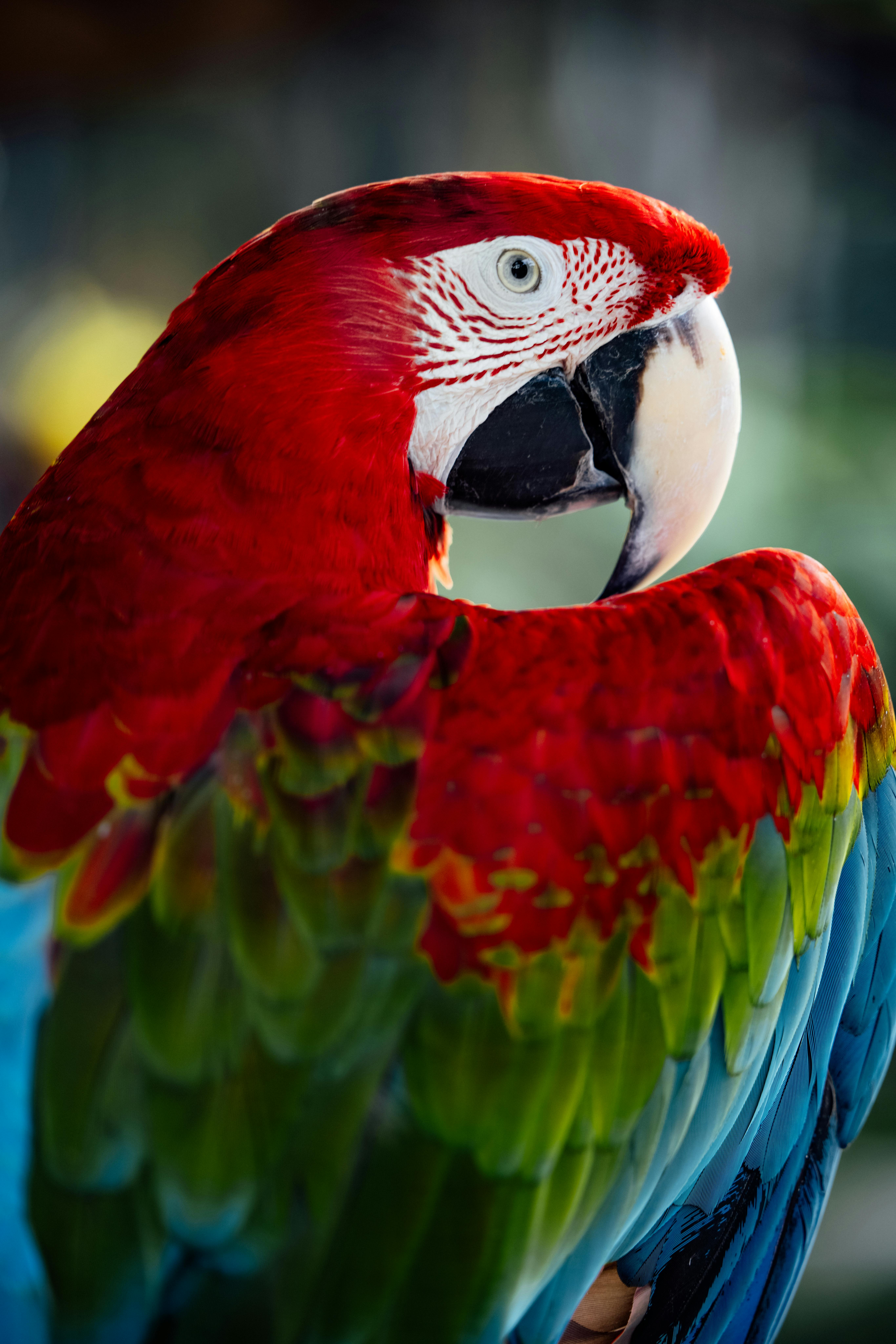
Smart Ways to Care for Your Elephant Ear Guppy in 2025
As aquarium enthusiasts dive deeper into the colorful world of guppies, the elephant ear guppy emerges as a standout choice for many fish keepers. With its unique fin shape and vibrant colors, this variety not only enhances your freshwater aquarium's aesthetic but also brings lively personality traits that delight both beginners and experienced aquarists. Understanding how to properly care for your elephant ear guppy involves knowing the fundamentals of guppy breeding, tank setups, nutrition, and disease prevention. In this article, we will cover effective techniques and best practices to ensure your guppies thrive in their aquatic environment.
Guppy care encompasses numerous aspects, including appropriate tank size, maintaining water quality, and providing the right diet. Furthermore, if you're interested in breeding elephant ear guppies, you'll find tips on creating a suitable breeding tank setup and managing guppy fry. Whether you're a beginner just starting out or an advanced hobbyist looking to refine your strategies, these insights will help you foster a healthy and vibrant aquarium filled with these beautiful tropical freshwater guppies.
Join us as we explore the essentials of elephant ear guppy care, including their behavior, breeding practices, and maintenance tips to create an ideal environment for your aquatic companions.
Understanding Elephant Ear Guppy Behavior
Building on our introduction, understanding the behavior of elephant ear guppies is crucial for their care. These fish exhibit a range of fascinating behaviors, from social interactions to mating rituals. Guppies are known for their active and lively disposition, making them entertaining additions to any aquarium. Their social nature means they thrive in groups, and this communal living often fosters natural behavior patterns that can be captivating to observe.
Social Structures in Guppy Groups
Elephant ear guppies display complex social behaviors, including hierarchical interactions within their groups. Observing these behaviors can help enthusiasts create better environments where these fish can exhibit their natural tendencies. It’s also crucial for potential breeders to understand guppy behavior, especially during mating seasons.
Understanding Mating Habits and Spawning Behavior
Elephant ear guppies have specific mating habits that can be fascinating to study. Males often display vibrant colors and elaborate courtship dances to attract females. Understanding this behavior assists in ensuring successful breeding and reducing stress during the spawning process. It is essential to provide adequate hiding spots and plants in the aquarium setup to help females feel secure while spawning.
Interactions with Other Fish
In community tanks, elephant ear guppies can interact well with various tank mates, but compatibility is crucial. They generally do well with non-aggressive fish that share similar water requirements. However, keeping a close eye on tank dynamics can prevent stress, ensuring your guppies remain healthy and thriving.
Essential Aquarium Setup for Guppies
With these insights into guppy behavior established, transitioning to creating the ideal aquarium setup becomes vital for guppy care. Proper tank conditions not only ensure the well-being of your fish but also enhance their aesthetic appeal within your home. The right environment plays a significant role in health, longevity, and breeding success.
Choosing the Right Tank Size
When selecting a tank size for elephant ear guppies, aim for at least a 10-gallon aquarium, particularly if you plan to keep a group. A larger tank allows better water stability and creates a healthy ecosystem for your guppies. Overcrowding should be avoided to minimize stress and territorial disputes within the group.
Water Parameters and Quality
Maintaining optimal water parameters is essential. Elephant ear guppies prefer water temperatures between 74°F and 82°F, with a pH level ranging from 6.5 to 7.5. Regular checks for ammonia, nitrite, and nitrate levels ensure water quality remains high, which is crucial for disease prevention in guppies.
Incorporating Aquatic Plants and Decorations
Aquascaping not only beautifies your tank but also provides essential hiding places and breeding grounds for your guppies. Incorporate live plants, such as Java Moss or Guppy Grass, which offer a natural environment and improve water quality. Adding decorations like rocks and caves can encourage nesting and reduce stress among your fish.
Nourishing Your Elephant Ear Guppy
Building on the importance of environmental factors, let's dive into guppy nutrition and feeding methods, both critical to maintaining your fish's health and enhancing their vibrant colors. Proper feeding not only promotes growth but also aids in breeding success and overall well-being.
Choosing the Best Food for Guppies
The diet of elephant ear guppies should be varied to include high-quality flake food, pellets, and frozen or live foods such as brine shrimp and daphnia. This balanced diet provides the necessary nutrients for maintaining color and health. Additionally, it's crucial to avoid overfeeding, which can lead to water quality issues and health problems.
Feeding Schedules for Optimal Growth
Establishing a consistent feeding schedule is equally important. Generally, feeding your guppies 2-3 times a day with small portions will promote healthy growth rates and maintain energy levels. Keep an eye on their response to feeding to adjust amounts accordingly.
Special Considerations for Feeding Fry
When it comes to the delicate task of feeding guppy fry, specific attention must be given to their nutritional needs. Young guppy fry require finely crushed flakes or specialized fry food that is high in protein to support rapid growth and development. Providing a good feeding schedule and monitoring their health is vital during this stage of life.
Health and Disease Prevention in Guppies
Having established the basics of feeding, transitioning to health and disease prevention in guppies is essential for their longevity. Monitoring the health of your elephant ear guppies actively will prevent common issues that may arise due to environmental stress or poor care practices.
Common Guppy Diseases and Their Treatments
Among the most common diseases affecting guppies are ich, fin rot, and dropsy. Each condition requires specific treatment options, such as medicated baths or adjusting water parameters. It's important to recognize early signs of distress or illness, which can include lethargy, unusual swimming patterns, or changes in coloration.
Conducting Regular Health Checks
Regular health checks play an essential role in disease prevention. Observing your guppies daily can help catch any potential issues early. Checking for changes in appetite, behavior, or physical appearance ensures prompt action can be taken if needed.
Creating Optimal Living Conditions for Healthy Guppies
Aside from diet and health checks, ensuring stable and clean tank conditions is crucial. Implementing a reliable filtration system and establishing a routine for water changes helps minimize the risk of disease while promoting overall health in your guppy community tank.
Breeding Techniques for Elephant Ear Guppies
With a solid foundation in care, understanding effective breeding techniques is the next step for aquarists wanting to propagate their elephant ear guppies. The popularity of this ornamental fish can make breeding a rewarding endeavor, both for aesthetics and biology.
Setting Up a Breeding Tank
Creating a dedicated breeding tank is essential for successful guppy breeding. This tank should include plenty of hiding spots and gentle filtration to protect fry from strong currents. A separate breeding space reduces stress for both adult guppies and their offspring.
Selective Breeding for Desired Traits
Selective breeding techniques can enhance specific traits, whether you’re aiming for particular colors, fin types, or behaviors. Keep records of genetic pairings to track traits passed down through generations. This method not only refines your guppy lineage but also elevates the beauty of your aquarium.
Raising and Caring for Fry
Raising guppy fry requires special attention, involving optimal feeding, water conditions, and general care. Monitoring growth rates and ensuring healthy development is vital during this delicate life stage. As they grow, gradually introducing them to adult tank conditions helps prevent shock while promoting a smooth transition.
Conclusion: Best Practices for Elephant Ear Guppy Care
In conclusion, caring for your elephant ear guppy encompasses various aspects, including understanding behavior, aquarium setup, nutrition, health monitoring, and breeding techniques. By following these smart practices, you can create an inviting and thriving environment for your guppies. Remember, the foundation of successful guppy care lies in consistent observation and maintaining optimal conditions. With your dedicated efforts, you’ll see vibrant colors and dynamic behaviors flourish in your aquarium.

